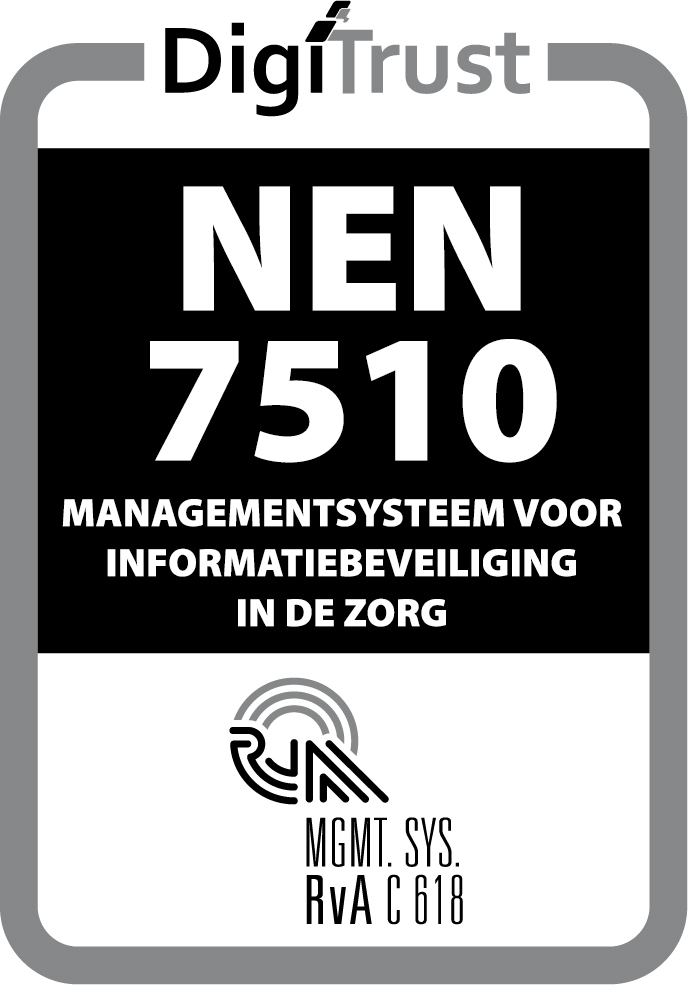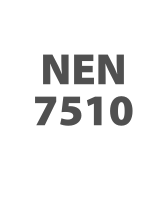The corona pandemic has accelerated the transition from regular to digital care.
Digitalisation is also included in the Integral Care Agreement 2022 as a key pillar for improving care. More healthcare providers, including GGZ institutions, are offering digital services and the results of the studies are promising. Benefits include increased client control, accessibility of care and reducing staff shortages.
However, there are still many uncertainties about the effects of digital care in the GGZ. Partly because of the pace at which initiatives are developed, implemented and validated, it gets quite a lot of criticism. A valid question that is asked, for example, is what is the added value of digital care for the patient?
Digital care is more than video calling
When you think of digital care, you might think of a video call with the client instead of a physical session in the consulting room. But digital care goes beyond that. There are many different forms of digital care, such as using E-health modules, a consultation via an internet application or blended care or treatment: a treatment that combines online and physical sessions.
The great thing about digital care is that the practitioner can work data-driven and clients are often actively involved in treatment and therefore they have better insight into their personal progress. It often also offers more flexibility and the treatment can be easily adapted to the client’s needs. Together, this provides more direction for both the practitioner and client.
An online treatment environment and crisis help via video communication
Mental health care institutions in the Netherlands are making a lot of progress in the field of digital care and there are numerous sensible initiatives that offer added value to a treatment process. An example is PsyQ: here clients can follow an online treatment in their own familiar environment, so that they do not have to come to the location and have the opportunity to contact their practitioner in the meantime. Clients can get started with homework assignments and register their experiences, thoughts and feelings via the NiceDay app. Their therapist has insight into these registrations and can use interventions when necessary or approach the client by means of a chat message. Conversely, clients can also send messages to their practitioner when they need it.
Another example is GGZ Noord-Holland-Noord, which has made great progress with video communication. The GGZ institution uses the video calling platform Vicasa to provide digital help to the whole of Noord-Holland-Noord 24 hours a day. Clients who are restless in the evening or at night can contact the digiteam directly if they need it. There is also a psychiatrist available who can be called in.
Clients positive about digital care
GGZ clients view digital care overwhelmingly positively. A survey of over 4,200 clients of Altrecht, GGz Centraal and UMC Utrecht showed that a large proportion of treated GGZ clients in the Utrecht region had good experiences with digital care. Many of them also want to continue receiving digital care after the corona pandemic. Floortje Scheepers, psychiatrist at UMC Utrecht: “The perception is more positive than we expected. For example, one parent told us that their child experienced much less stress from the digital consultations than from a visit to the psychologist with the commute”.
Other advantages of digital care are that clients no longer have to come to an institution to be treated, less travel time for the client and practitioner, and the ability to follow treatment anywhere. The only requirement is having a mobile phone. In short, treatment tailored to the client’s schedule in a safe and familiar environment.
Digital care might not be for everyone
Because digital initiatives are being developed at such a rapid pace, impact studies are difficult to set up and there is still a lot of experimentation to be done, there is also an opposing force for these innovations within the mental health sector. For instance, not all clients in a digital treatment pathway would be able to take control of their own health. Also, for more complex and serious care cases, digital care would not always offer a way out. For example, a client who has suicidal thoughts is often better off in regular treatment because signals are not always easy to interpret online.
Therefore digital care does not seem to be a suitable solution for every client. Therefore, the client’s needs and requirements should always be discussed together with the client and his or her relative, and which treatment (regular, digital or blended) is most appropriate. And so there are even more criteria that help in making a choice for the use of digital care.






